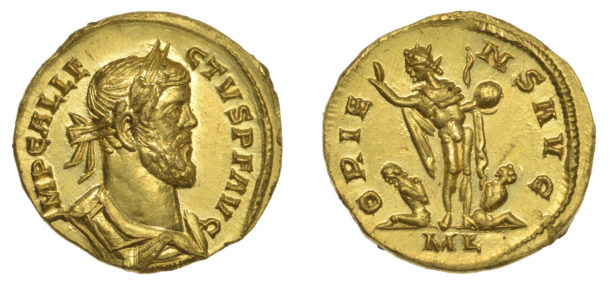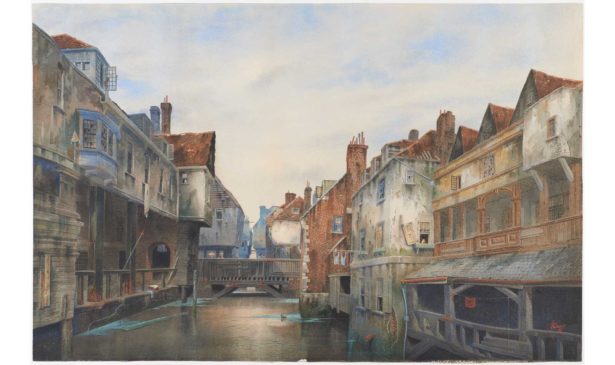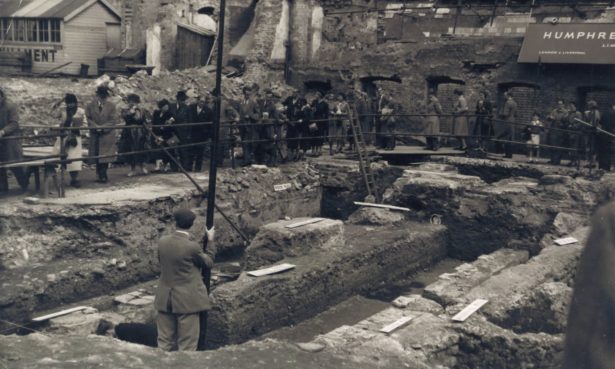Found Coins and Lost Rivers
Here’s another single-theme newsletter — arriving a little early, because I’m about to leave for a week of writing and thinking and praying at my beloved Laity Lodge. Some of you know that I’m not answering non-emergency emails this summer as I work on my book, but I will be absolutely out of touch while in the beautiful Hill Country.

Here is a passage from Bede’s Ecclesiastical History of the English People (AD 731, more or less):
In the year of our Lord 286 Diocletian, the thirty-third after Augustus, was elected emperor by the army and reigned twenty years. He made Maximianus, whose surname was Herculius, his co-emperor. In their time a certain Carausius, a man of mean birth but able and energetic, had been appointed to guard the shores of the Ocean, which were then infested by Franks and Saxons. This man acted rather to the prejudice than to the benefit of the body politic, in that, when he took booty from the robbers, he restored none of it to its owners but kept it all himself. Thus he gave rise to the suspicion that he even allowed the enemy to invade the territories through intentional neglect. For this reason Maximianus gave orders for him to be put to death, but instead Carausius assumed the purple and occupied Britain. He seized and held it for seven years with great daring but was finally killed by the treachery of his colleague Allectus. The latter afterwards held the island which he had seized from Carausius for three years after which Asclipiodotus, the commander of the imperial bodyguard, overthrew him and, ten years later, restored Britain to the Empire.
Usurpers usurping usurpers! This Allectus held power in Britain long enough to mint coins with his image, and not long ago a fellow with a metal detector — in England they’re known as detectorists — found one in a field near Dover. It just sold at auction for £552,000.
According to Geoffrey of Monmouth, the troops of Allectus made a final stand at Londinium, and surrendered after getting assurances of safe passage out of Britain. They were slaughtered anyway, and their severed heads were thrown into the river Galobroc, later known as Walbrook.
The Walbrook is one of the Lost Rivers of London — lost either because their natural flow has been redirected or because they continue to flow under the streets of London — and there’s a new exhibition about them at the Museum of London Docklands. I was especially pleased to see that the exhibition is sponsored by the Worshipful Company of Plumbers.

The River Neckinger at Jacob’s Island, Rotherhithe, by James Lawson Stewart (1887).
Maev Kennedy of the Guardian took a walk along the Walbrook. She learned that when the Temple of Mithras was discovered in 1954, also discovered was a bridge that, in Roman times, crossed the Walbrook. I bet a few of the coins of Allectus could still be found in the small river’s bed, if a skilled detectorist could find a way there.
